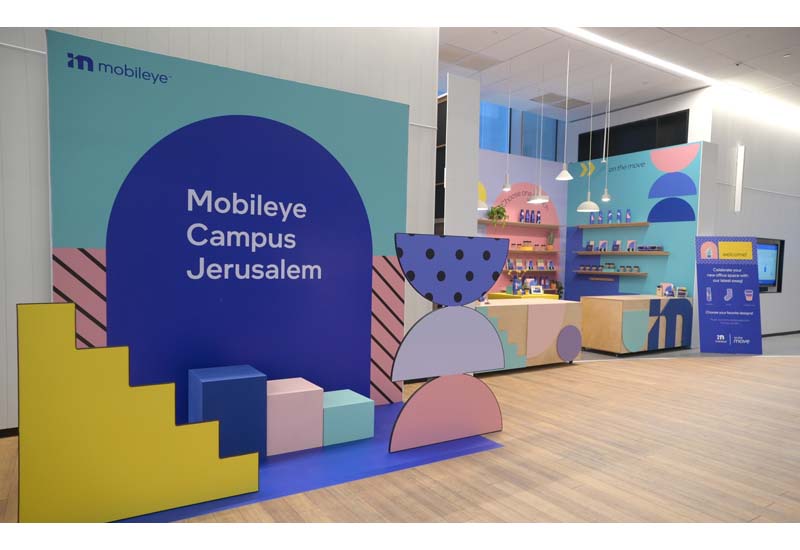Mobileye has announced it’s hitting the brakes on its in-house lidar development program. The Intel subsidiary is cutting ties with about 100 employees as it realigns its strategy for eyes-off driving systems.
Mobileye’s decision to veer away from lidar development isn’t just a cost-cutting measure – it’s a calculated pivot based on technological advancements. The company cites impressive strides in computer vision perception using their EyeQ6 platform, along with unexpected progress in imaging radar technology.
While lidar has long been touted as a critical component for self-driving cars, Mobileye’s shift suggests a growing confidence in alternative sensing technologies. The company’s statement indicates that next-gen FMCW lidar is no longer seen as essential to their roadmap for autonomous systems.
Mobileye isn’t alone in rethinking lidar’s role. Chinese EV maker XPeng recently announced plans to ditch lidar, while lidar supplier Liminar laid off 20% of its workforce due to business challenges. These moves are rekindling debates about the most effective sensor suites for autonomous vehicles.
Tesla CEO Elon Musk, a long-time lidar skeptic, seems vindicated by these industry shifts. Back in 2019, Elon boldly claimed, “LiDAR is a fool’s errand. Anyone relying on LiDAR is doomed.” In a recent response to Mobileye’s ends lidar development news, he doubled down, quipping that “fuel cells and hydrogen combustion cars make LiDAR look smart.”
By redirecting resources away from lidar development, Mobileye is betting big on its core competencies. The company’s focus on computer vision and radar technologies signals a belief that these systems can deliver the perception capabilities needed for safe autonomous driving.
Mobileye also noted “better-than-expected cost reductions in third-party time-of-flight lidar units” as a factor in their decision. This suggests that even if lidar remains part of their sensor suite, they may opt for off-the-shelf solutions rather than custom-developed hardware.
As Mobileye shifts gears, the autonomous vehicle industry watches closely. Will other companies follow suit, or will lidar remain a key component for some? Only time will tell if Mobileye’s bet pays off, race to develop safe, reliable autonomous driving systems is far from over.
In the end, whether Mobileye’s decision to “mobile-bye” to lidar development is visionary or shortsighted remains to be seen. The autonomous driving landscape continues to evolve, and companies must navigate carefully to stay on the right track.
Related Post
Beyond Lidar: How Tesla Vision-only E2E and MobilEye Radar Are Reshaping Autonomous Driving
Baidu IDG Chief R&D Architect Wang Liang on Tesla FSD V12 and LiDAR vs Vision
Tesla AI Visionary Reveals Roadmap for Self-Driving Cars and Robots
